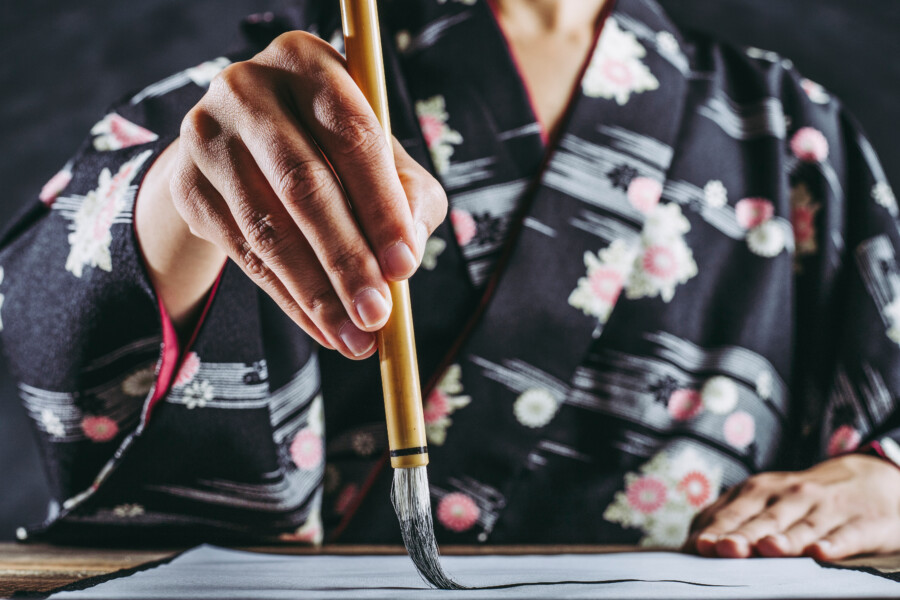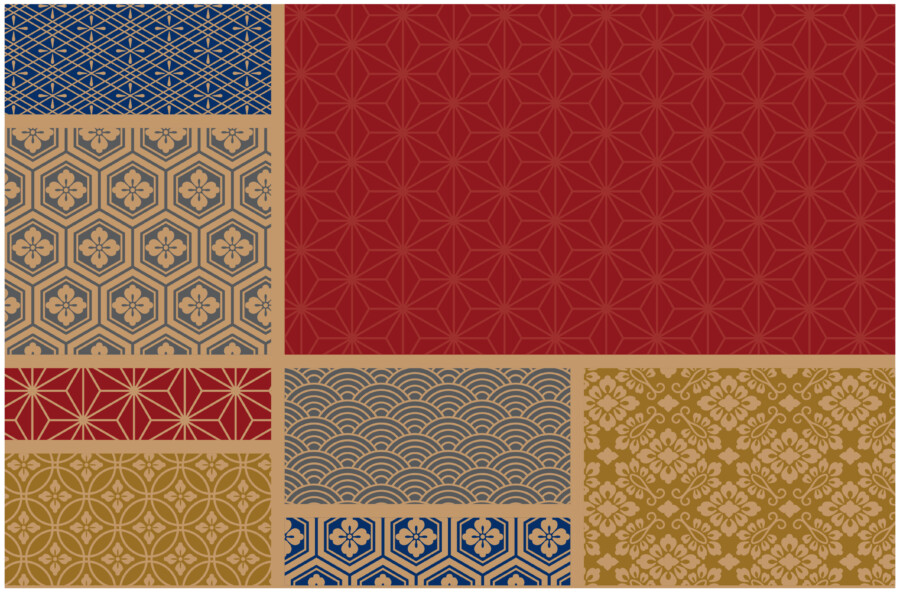
Characteristics of Logo Design Expressing Japanese Culture: A Visual Story Weaving Tradition and Modernity
Logo design is more than just a corporate face. It’s deeply connected to the brand’s message and the underlying culture. In Japan especially, a unique logo design emerges from the fusion of traditional culture and modern, sophisticated design sense.
This article delves into the characteristics of logo designs that express Japanese culture. We’ll explore the multifaceted appeal of Japanese logo design, including the simplicity seen in Japanese-style design, beauty in harmony with nature, and modern interpretations of traditional motifs.
Professional Japan-Ready Packaging
The Foundation of Japanese Design: Simplicity and Depth
Japanese design is characterized by refined simplicity. The Japanese aesthetic of eliminating excess and pursuing essence is clearly reflected in logo design.
Beauty of White Space: In Japanese design, white space plays a crucial role. Even empty spaces have meaning, stimulating the viewer’s imagination.
Beauty of Lines: The use of lines is diverse, varying in thickness, curves, and straight lines. Different combinations of lines express various expressions and movements.
Harmony with Nature: Japanese nature has long inspired people. Natural motifs like flowers, birds, mountains, and rivers are common in Japanese design.
Motifs Symbolizing Japanese Culture: Fusion of Tradition and Modernity
Many traditional motifs appear in Japanese logo designs.
Family Crests: Family crests symbolize a family’s history and tradition. Many modern logo designs feature arrangements of family crests.
Kanji: Kanji is one of the representative elements of Japanese culture. Logo designs utilizing the strength and beauty of kanji give an impression of fusion between tradition and modernity.
Ukiyo-e: Ukiyo-e, popular in the Edo period, spread Japanese aesthetics worldwide. The unique composition and colors of ukiyo-e influence modern logo design.
The Power of Japanese Logo Design: Forming Brand Image and Communication
Japanese logo design plays an important role not only in visual beauty but also in forming brand image and communicating with consumers.
Establishing Brand Identity: Logos are crucial elements visually expressing a brand’s personality and values. Japanese logo design contributes to clarifying brand identity and deepening empathy with consumers.
Balance of Tradition and Innovation: Japanese logo design creates timeless designs by skillfully fusing traditional and modern elements.
Global Appeal: With increasing global interest in Japanese culture, Japanese logo design is also gaining attention. Simple and sophisticated designs appeal to many people across borders.
Conclusion: What Japanese Logo Design Tells Us
Japanese logo design can’t be explained simply due to its depth. However, we can grasp its characteristics through keywords like simplicity, harmony with nature, and fusion of tradition and modernity.
Japanese logo design is not just a visual expression but a mirror reflecting Japanese culture, history, and people’s hearts.
Future Outlook: AI and Japanese Logo Design
Recently, AI evolution has brought significant changes to logo design. AI has the potential to support human designers and create more creative and diverse designs.
However, AI-generated designs don’t necessarily deeply understand Japanese traditions and culture. The future of Japanese logo design likely depends on cooperation between AI and human designers to create more attractive designs balancing tradition and innovation.
Professional Japanese Design Audit












